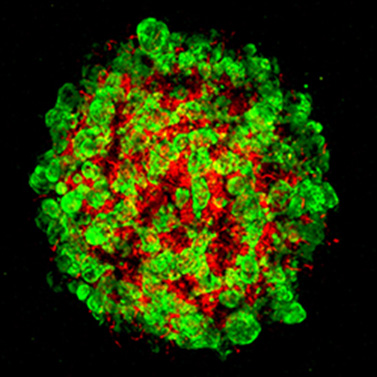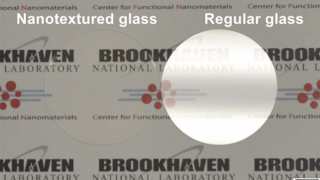End stage liver diseases, such as Stage 4 cirrhosis takes the lives of about 10,000 people every year in the United States, and unfortunately this number only seems to be increasing. Options to restore activity of the liver in such stages are either via transplants, which are unpredictable as donors can be limited, or the revolutionary world of regenerative medicine that employs human tissues to proliferate into organ buds themselves. Leave solving real-world issues to science!
Recently, in a project led by Dr. Takanori Takebe of the Cincinnati Children’s Hospital Medical Center, USA, and Dr. Barbara Treutlein of Max Planck Institute for Evolutionary Anthropology, Germany, it was discovered that tissue-engineered human livers consisted of a vast network of genetic-molecular crosstalk, which could consequently provide insight into the organ’s development and processes. This kind of information was believed to have the potential to advance the generation of human liver tissues from pluripotent stem cells (hPSCs), and in time, treat liver fatalities. As investigator, Takebe, said, “The ability to bioengineer transplantable livers and liver tissues would be a great benefit to people suffering from liver diseases who need innovative treatments to save their lives. Our data give us a new, detailed understanding of the intercellular communication between developing liver cells, and shows we can produce human liver buds that come remarkably close to recapitulating fetal cells from natural human development.”
Genetically Modified versus Natural Cells
A method called single-cell RNA sequencing (RNA-Seq) was used to identify cells that change in relation to the 3D microenvironment created. This technique essentially investigated sequences in individual cells and provided “genetic blueprints” for each cell type, taking into consideration active transcription factors and receptor molecules. Research showed that the vascular (VEGF), connective and hepatic cells (KDR) of the liver interact with each other here in a molecular crosstalk, which proves its importance in the maturation of liver tissues. The stem cell-generated organoid was noticeably similar to fetal and adult cells in the body.

Developing human liver organoid tissue-engineered by scientists with human pluripotent stem cells (hPSCs). Green sections show forming hepatic tissues and red show developing blood vessels. Reporting their research results in Nature, scientists are developing the miniature organs for their potential to study and treat liver disease.
Regarding this study, Dr. Treutlein said, “Our data reveals, in exquisite resolution, that the conversation between cells of different types changes the cells in a way that likely mimics what is going on during human development. “There is still a lot left to learn about how to best generate a functioning human liver tissue in a dish, nevertheless, this a big step in that direction.”
Despite the fact that there needs to be ‘molecular fine tuning’ before clinical trials proceed, these experiments will be used in the future to better the performance of the bioengineered liver buds, completely bridge the divide between natural versus cultured tissues developing in a human body, and also continue to effect proper cell differentiation.
Top image: This bright-field microscopic image shows a three-day-old human liver organoid grown by scientists who report research results in Nature. The tiny liver -- suspended in solution inside an under-lit petri dish well -- is about 10mm wide. Generated from human pluripotent stem cells (hPSCs), the miniature organs are being developed for their potential to study and treat liver disease. Credit: Cincinnati Children's/Max Planck
References:
Cincinnati Children’s (2017), https://www.cincinnatichildrens.org/news/release/2017/bioengineered-human-livers, (accessed 3 Aug 2017)
Camp, J.G. et al. (2017), ‘Multilineage communication regulates human liver bud development from pluripotency’, Nature, 546 (7659), Pp 533-538
Sandle, T. (2017), Digital Journal, http://www.digitaljournal.com/tech-and-science/science/success-with-bioengineered-human-livers/article/495982, (accessed 4 Aug 2017)







No comment